Of all of the components that are critical to the smooth running of remote telemetry, the actual device for collecting that all-important data – the telemetry outstation – cannot be overlooked. Also referred to as a Remote Terminal Unit or even Remote Telemetry Unit (RTU), a telemetry outstation is located on each monitored site, gathering information on a 24 hours a day basis from all of the sensors at that particular remote site. When customers across the water, chemical, print and oil and gas industries choose Oriel Systems (http://www.orielsystems.com), they can specify a video outstation, intelligent outstation or low power outstation.
Such a unit has digital and analogue signals wired directly to it, and is capable of relaying information on events, alarms, analogue (floating) values and more to the host station. It’s also possible to configure communications for local communications to SCADA and further local intelligent devices. The specific RTUs that have been developed by Oriel Systems include a video outstation capable of the simultaneous transmission over the Internet of as many as eight live feeds – optionally with audio – from the given remote site. Oriel Systems’ AWAX software can then be used for monitoring and controlling the cameras, as tabs are kept on other onsite functions.
Customers of this intelligent video unit from Oriel Systems’ large installed user base across the world appreciate the various resolutions at which it can transmit video – whether the requirement is for a low network bandwidth system, or a high bandwidth application from which television quality video can be produced. But Oriel Systems is also known for its intelligent outstation that can be programmed for the monitoring and control of the remote site’s plant equipment. The system can be fully configured for the client’s site, with the Unit being attachable to IO modules of various types, as well as to PLCs and other intelligent devices.
Clients choose the Intelligent Telemetry Outstation (ITO) partly on account of the wide range of communication transmission options that can be specified with the connection of the unit back to their master station. These include both licensed and un-licensed Low Power radio, PSTN (land-line), Internet, satellite and GSM/GPRS mobile. However many previously recorded values need to be sent back, that can be accomplished, with a live feed also being delivered of on-site events.
Finally, Oriel Systems also offers a low power outstation that has been designed for small solar panel and/or mini-windmill power. The unit provides clear and confident readings, with its internal charge pump enabling the generation of its own 24 volt supply for analog sensors. With this unit, radio or GSM/GPRS modem are usually used for communication to the AWAX master station, and a repeater station is not generally required. Such features make this unit just one more of the many telemetry solutions that have helped to make Oriel Systems (http://www.orielsystems.com) such a go-to company for a wide range of specialised remote monitoring requirements.

 01249 705070
01249 705070